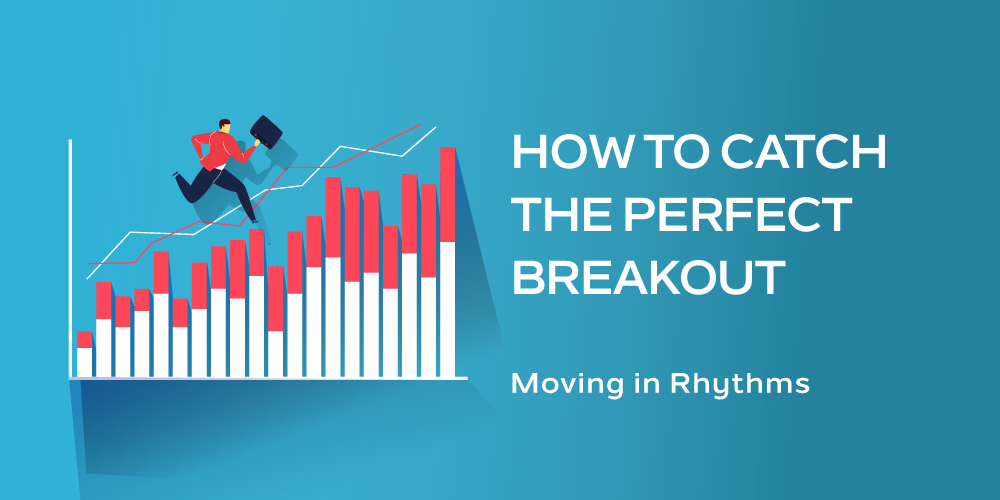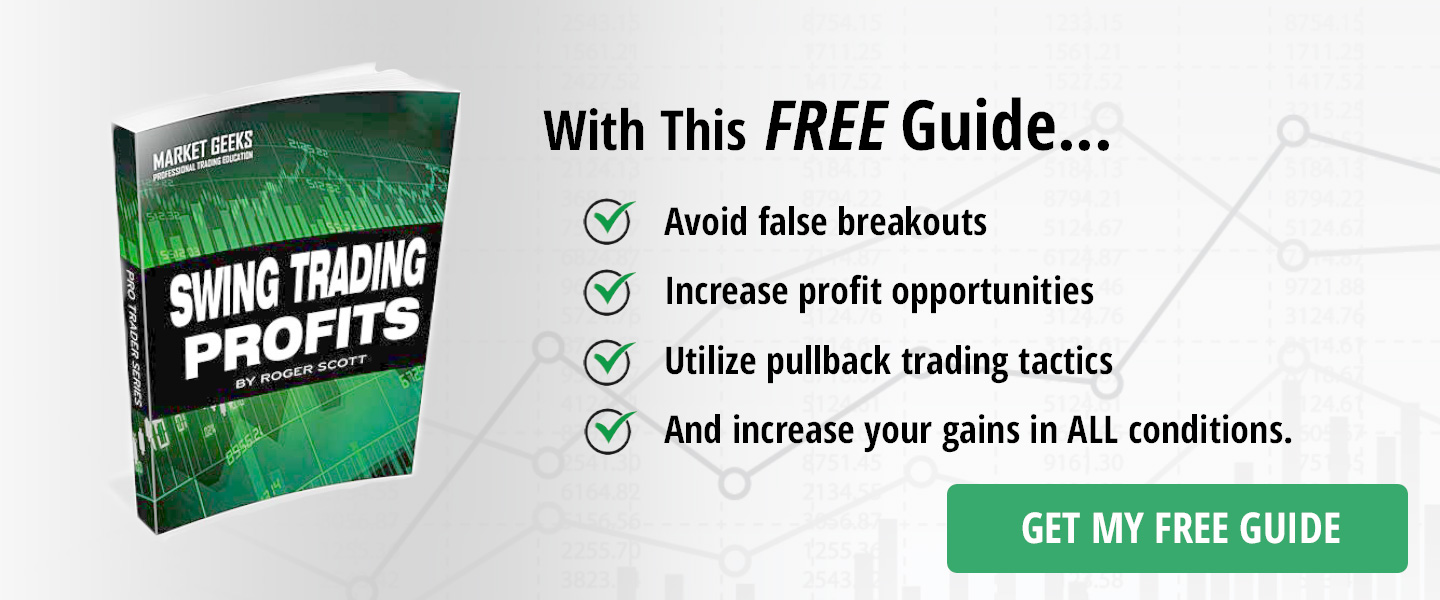
One of the most critical facts that I learned about the financial markets over the past 2 decades is actually rather simple.
It’s so simple that a 5-year-old could easily pick up on it.
But most of us like to make things as complicated as possible, especially when it comes to money.
Without getting into complex discussions, the financial markets move in rhythms.
If you see a long-term trend, the odds are strong that the next cycle will cause extended stagnation.
Markets can’t exhibit strength forever.
Typically, we see a catalyst that will cause a price to move directionally.
After some time, the asset will find balance.
If there’s no negative data on the horizon, price will consolidate and wait for another catalyst.
This pattern will continue till the inevitable price reversal occurs.
Conversely, the longer price consolidates, the higher the odds that a strong trend will occur to drive price directionally once again.
While the material we just covered seemed amazingly simply, it lays the foundation for some of the most powerful breakouts seen in stocks in recent years.
More importantly, by observing and paying close attention to the type of cycle the asset is currently in, you can potentially avoid large number of false breakouts.
To give you a simple example, let’s take a look at Marriot stock, ticker symbol MAR. The stock is close to 52 week highs and demonstrated strong directional bias over the past few months:

Instead of jumping into MAR, we patiently wait for price to move into a different type of trading cycle – the congestion or the sideways consolidation cycle.
This cycle can last anywhere from days to months.
The longer it persists, the higher the odds that the subsequent price move will be explosive and directional.
If the congestion only lasts a few days, the odds are high that the breakout will fail or produce adverse movement against the main trend.
In the example below, you can see exactly what happens to MAR once the stock enters the next phase or a different trading cycle. Essentially, we see consolidation lasting over 6 months, while price fluctuated roughly 12%.
This tells me that the congestion phase was fairly stable and didn’t create panic from investors who bought during the previous cycle.

We don’t want to buy while price remains within the range. This is not the time to look for value.
If you buy during the congestion or consolidation stage, you could be sitting on your position for several months without substantial price appreciation.
You need to sit tight, be patient and wait for a massive price breakout away from the congestion range.

Finally, after more than 6 months of congestion, MAR breakouts out to the upside.
The next cycle is clearly directional, taking price up roughly 25% in just about the same period of time that the stock remained in the congestion cycle. Coincidence?
To get out of this, you need to understand all financial assets move in cycles. The typical cycle switches between trending cycle and range bound cycle.
The longer the asset stays in one cycle, the higher the odds that the next cycle will be extended as well.
For example, the stock congests for several months before breaking out gives us better probability that the breakout will be substantial and carry directional momentum.
If on the other hand, the stock trends directionally for several months, the odds are strong that the stock will enter into an extended range bound trading period.
While this sounds very basic, it can help you create a strong foundation for high probability breakout trades while avoiding false breakouts and extensive volatility moving against your position.











